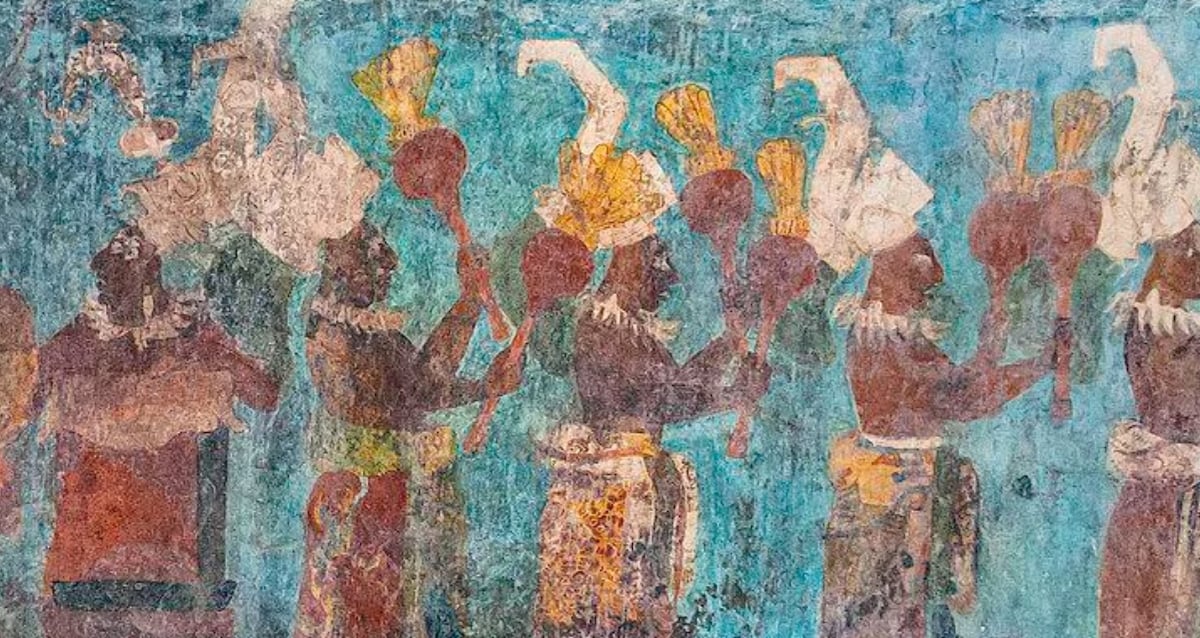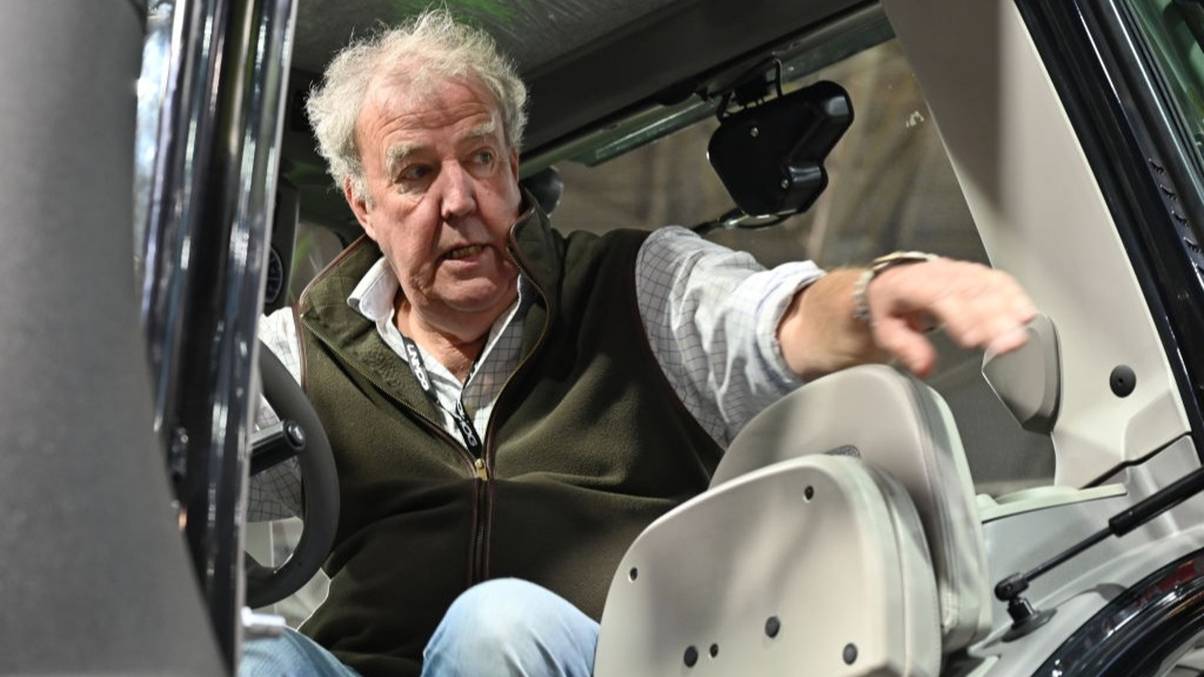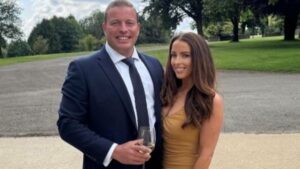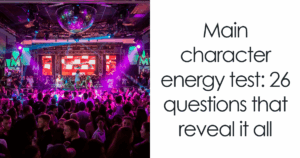Scientists Crack the Ancient Mystery Behind the Mesmerizing ‘Maya Blue’ Pigment—And the Secrets Are Stunning
Here’s a thing: what if the secret to a color that refuses to fade for over two millennia wasn’t some lost alchemy locked away in dusty temples, but rather a sacred incense lighted over a fire, mingling with indigo and clay? Maya blue, that jaw-droppingly vivid pigment that’s been brightening murals and sacred objects since at least 600 B.C.E., has baffled researchers since it was first spotted at Chichén Itzá in 1931. Seriously, for decades, science was scratching its head like, “How on Earth did they do this?”
And guess what? Only in the last couple of decades have we started unraveling its mystery—thanks to a clever mix of archaeology, chemistry, and a pinch of good old-fashioned curiosity. Dean Arnold and his team uncovered a recipe bearing the essence of Maya culture itself: copal incense heated alongside indigo dye and this magical clay called palygorskite. But just when you think you get it, Arnold drops a second method from the roof at a 2025 archaeology gig, revealing new clues from cracked ceramic bowls and charred plant bits. It’s like a pigment soap opera, full of twists and turns, as vibrant as the pigment itself.
So, buckle up—because Maya blue isn’t just a color. It’s a time-traveling mystery that has withstood heat, humidity, and even centuries of religious rituals, including some intense human sacrifice ceremonies to rain gods (yikes!). Why has nature blessed this ancient dye with such eternal vibrancy? And what other secrets could those 14-foot layers of blue sediment be hiding beneath the ruins of Chichén Itzá? Let’s dive into the story of the pigment that refuses to vanish, no matter how hard the elements try to fade it away.
One of the most famous dyes from the ancient world, Maya blue was used for centuries both because of its vivid color and its durability against the elements — and though researchers first identified this stunning hue at Chichén Itzá in 1931, they had no idea how the Maya made it until recently.

Ricardo David Sánchez, CC BY-SA 3.0A mural in Bonampak, Mexico, with Maya blue used in the background.
Ever since it was first discovered by modern researchers in 1931, scholars have been fascinated with trying to recreate the ancient pigment known as Maya blue.
This vivid hue was used on pottery and murals, and even employed during sacred ceremonies, some involving human sacrifice, across ancient Mesoamerica. But what makes Maya blue truly remarkable is that this color simply does not fade over time. Despite 2,000 years of exposure to the hot and humid climates of southern Mexico and Guatemala, Maya blue has retained its vibrancy.
The method for making such a durable pigment is complex, and for decades its secrets were seemingly lost to time. That changed in 2008, when a team of researchers led by Dean Arnold conducted an analysis of the pigment found on pottery at Chichén Itzá and uncovered a method of recreating Maya blue. The secret, they determined, was a sacred incense called copal, which was heated with indigo and the clay mineral palygorskite over a fire to create this unique pigment.
However, at the annual meeting of the Society for American Archaeology in Denver on April 25, 2025, Arnold presented a second method for creating Maya blue. Arnold’s recently published book Maya Blue describes the research process that led to this breakthrough discovery, one that both sheds new light and uncovers new mysteries related to this fascinating pigment.
The Vibrant And Mysterious History Of Maya Blue
Blue and purple pigments historically held great value in ancient cultures. The Egyptians created a blue pigment that adorned many of their temples and eventually spread across Europe as well. In the Mediterranean world, meanwhile, a pigment known as Tyrian purple was worth more than gold.

Field MuseumA statue head featuring Maya blue earrings.
But, in some respects, even these pigments pale in comparison to Maya blue.
Although modern researchers only learned of the color in 1931, the ancient Maya used the color extensively. Maya blue was featured prominently on murals and other ancient artifacts, and despite the passage of time it remains as vibrant today as it had been when the Maya first used it, perhaps as early as 600 B.C.E.
The pigment was also associated with the rain god Chaak. Chaak, like many Mesoamerican gods, also happened to be a god of human sacrifice. Rituals to summon the rain involved painting a victim in Maya blue and sacrificing them to Chaak, hoping the god would be appeased and bestow water upon the land.

Public DomainA painting of a Maya warrior, with a Maya blue background.
“We knew blue was a very important color,” Dean Arnold told The New York Times in a 2008 interview. “It was very, very important for the priests and very important for ritual.”
Before Arnold began his own work, scientists first identified some of the components used to make Maya blue back in the 1960s, when chemical analysis of the pigment identified indigo and a clay mineral known as palygorskite as key components. These elements alone weren’t enough to reproduce the color, though, and the mystery of how, where, and when the Maya created this pigment still remained largely shrouded in mystery.













